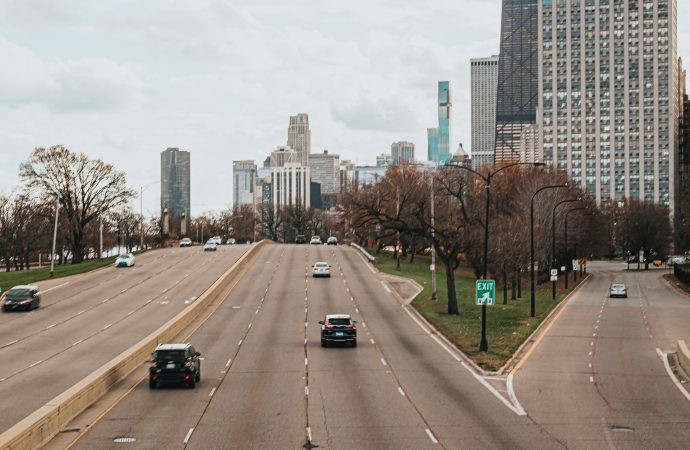The fate of Washington, D.C.’s ambitious K Street Transitway project hangs in the balance as city leaders deliberate on a crucial decision that will shape the future of one of the city’s most iconic thoroughfares. This article explores the significance of the project, its potential benefits, and the challenges that lie ahead as decision-makers grapple
The fate of Washington, D.C.’s ambitious K Street Transitway project hangs in the balance as city leaders deliberate on a crucial decision that will shape the future of one of the city’s most iconic thoroughfares. This article explores the significance of the project, its potential benefits, and the challenges that lie ahead as decision-makers grapple with determining its path forward.
Unveiling the K Street Transitway Project:
The K Street Transitway project, a visionary initiative proposed by transportation planners, aims to transform K Street into a transit-oriented corridor, prioritizing efficient and sustainable transportation options. The project envisions dedicated bus lanes, pedestrian-friendly infrastructure, improved bike lanes, and enhanced streetscapes, ultimately promoting a more accessible, vibrant, and environmentally-friendly urban environment.
Potential Benefits and Opportunities:
The K Street Transitway project holds the promise of significant benefits for residents, commuters, and businesses in the nation’s capital. By creating dedicated bus lanes, the project aims to improve the reliability and efficiency of public transportation, reducing travel times and congestion. Enhanced pedestrian and cycling infrastructure will encourage active modes of transportation, fostering healthier and more sustainable commuting options. Additionally, the project presents opportunities for economic growth, as vibrant street-level spaces can attract new businesses and create a more livable urban environment.
Challenges and Considerations:
While the K Street Transitway project presents an exciting vision for the future, it also poses challenges that must be carefully addressed. One of the primary concerns is the potential impact on vehicular traffic and parking in the area. Balancing the needs of different transportation modes while ensuring the smooth flow of traffic requires thoughtful planning and coordination. Additionally, the project’s cost, funding sources, and potential disruptions during construction need to be thoroughly assessed and communicated to the public.
Leaders’ Decision and Public Input:
The future of the K Street Transitway project ultimately rests in the hands of D.C.’s leaders. Their decision will determine whether the city embraces a transformative transportation vision or maintains the status quo. It is imperative that city officials engage with stakeholders, including residents, business owners, transportation experts, and community organizations, to gather input, address concerns, and build consensus. Open dialogue and transparency will be essential in making an informed decision that reflects the diverse needs and aspirations of the community.
The Path Forward:
Regardless of the decision reached, the K Street Transitway project serves as a catalyst for conversations about the future of transportation in Washington, D.C. The project symbolizes the city’s commitment to sustainable, multimodal transportation solutions that prioritize the well-being of residents and the environment. Whether it proceeds in its original form, undergoes modifications, or encounters delays, the dialogue sparked by the project will undoubtedly shape the city’s transportation priorities moving forward.
Conclusion:
As the fate of the K Street Transitway project hangs in the balance, D.C.’s leaders face a critical choice that will shape the city’s transportation landscape for years to come. The project’s potential to enhance mobility, promote sustainable transportation options, and create a vibrant urban environment cannot be understated. By carefully weighing the benefits, challenges, and community input, city officials can make a decision that aligns with the vision of a more accessible, equitable, and forward-thinking capital city. The outcome will be a testament to D.C.’s commitment to innovation and progress in the realm of urban transportation.

















Leave a Comment
Your email address will not be published. Required fields are marked with *